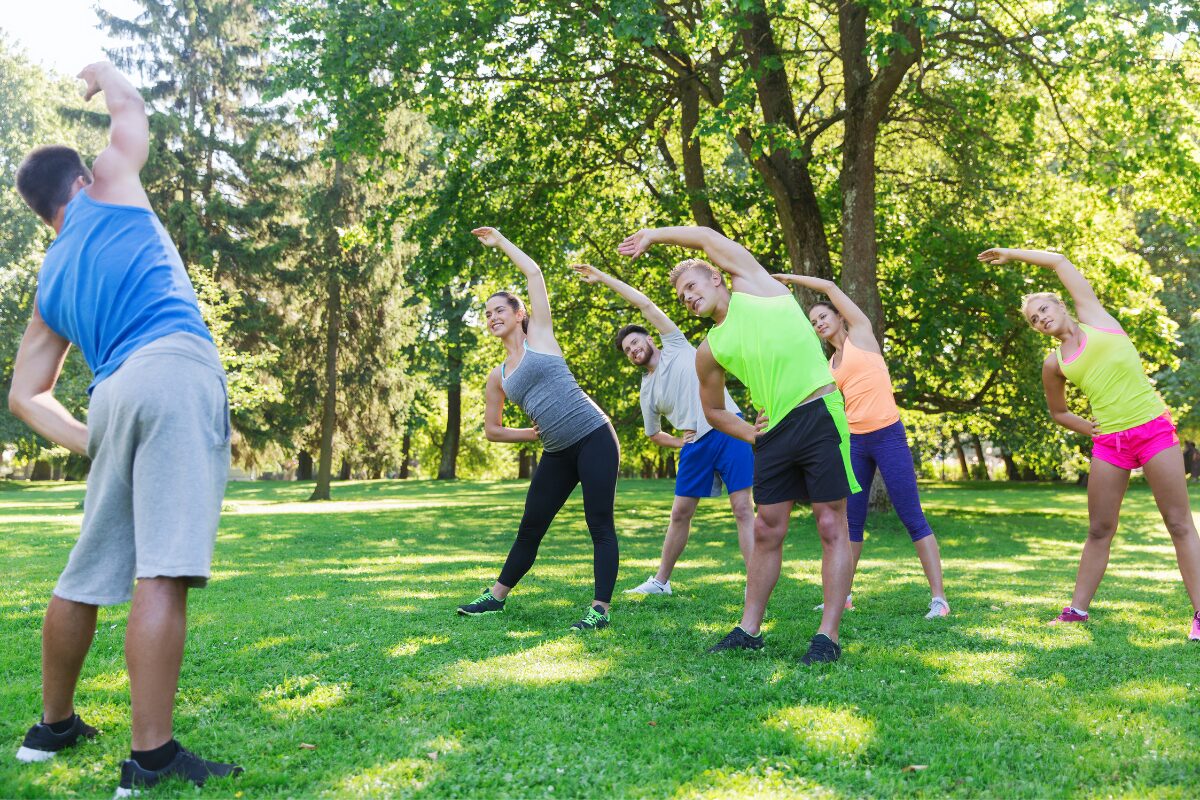1. The Universal Need for Movement
Exercise is a fundamental aspect of a healthy lifestyle, and this truth holds for individuals of all abilities. For those living with physical, sensory, or cognitive disabilities, staying active may require unique approaches, but the benefits are just as significant—if not more. Regular physical activity improves cardiovascular function, enhances muscular strength, increases endurance, and promotes joint flexibility. Beyond these physical effects, it also aids in controlling weight, managing pain, and preventing secondary health conditions like diabetes or osteoporosis. Importantly, it helps individuals retain greater independence in daily activities, which can be empowering in itself.
2. Tailored and Adaptive Workouts
Every disability is different, and so should be the approach to exercise. Adaptive fitness routines are carefully adjusted to suit individual needs—whether it’s limited mobility, paralysis, limb loss, or sensory impairments. For example, chair-based workouts can engage the upper body, while resistance bands can provide strength training without requiring full mobility. Aquatic exercises are especially helpful for people with joint pain or limited weight-bearing ability, thanks to the buoyancy of water. The key is to focus on what can be done, rather than what can’t. When exercises are tailored to individual capabilities, the results are not only effective but also safe and enjoyable.
3. Emotional and Mental Health Benefits
Exercise is a powerful tool for emotional well-being. For individuals with disabilities, mental health challenges like depression, anxiety, or feelings of isolation can be more common. Regular physical activity releases endorphins—often called “feel-good hormones”—that help alleviate stress, improve mood, and boost overall confidence. Participating in group classes or sports can also foster a sense of community and belonging. Whether it’s celebrating a new milestone or simply enjoying movement, these small victories have lasting emotional rewards. By focusing on progress rather than perfection, exercise becomes a joyful experience rather than a chore.
4. Accessible Tools and Smart Technology
Thanks to advancements in fitness technology and accessibility tools, there are more ways than ever for people with disabilities to stay active. Hand cycles, pedal machines that can be used while seated, and accessible gym equipment are helping redefine what’s possible. Mobile apps and online workout videos designed specifically for people with disabilities also provide instruction, structure, and motivation. Even virtual reality is making its way into adaptive fitness, offering immersive, safe environments for exercise. These tools not only expand access but also offer independence, allowing individuals to train at their own pace and convenience.
5. Inclusive Fitness Spaces Matter
Creating inclusive fitness spaces goes far beyond installing a ramp. It’s about ensuring that fitness centers, trainers, and communities embrace accessibility at every level. Staff should be educated in disability awareness and adaptive techniques, and facilities should offer a variety of equipment that can be used by people with different abilities. More importantly, the environment should be welcoming, encouraging participation without judgment. When individuals see representation and support in fitness settings, they’re more likely to engage and stick with their routines. A truly inclusive culture is one where everyone feels seen, heard, and valued.
6. Starting Small, Staying Consistent
For anyone beginning an exercise routine—especially those with disabilities—it’s important to start slow and focus on consistency rather than intensity. A few minutes of daily movement can grow into longer sessions as strength and endurance improve. Consulting with physical therapists or certified adaptive fitness trainers can also help develop a safe and effective plan. Celebrating progress, no matter how small, fuels long-term motivation. Over time, these small steps lead to significant transformations, physically and emotionally. The journey may be different for each person, but the destination—a healthier, happier life—is well within reach.




